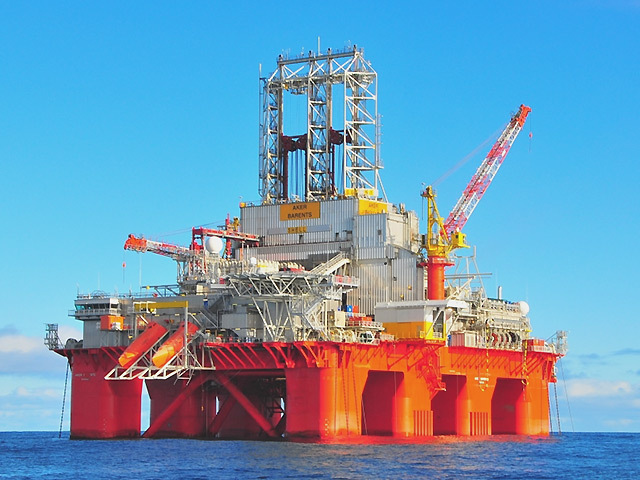
As of 24 March, Westwood Global Energy reports that there are two exploration wells active, with one each in the West of Shetland and northern North Sea regions, and one appraisal well in the central North Sea.
Since the previous report, one exploration well has completed at Pensacola.
Westwood expects the SNS Crosgan appraisal well and WoS Ben Lawers well to spud soon.
West of Shetland
The TotalEnergies-operated 206/5c-4 Benriach exploration well spudded on 21 March with the Transocean Barents semi-sub. The well is targeting amplitude supported, Lower Cretaceous Royal Sovereign Formation sandstones in a combination trap, with three-way dip closure and pinchout onto a rafted Jurassic – Triassic block.
Kistos has quoted pre-drill P50 resources of 638 billion cubic feet (106.3 million barrels of oil equivalent).
Northern North Sea
The 3/9a-N59 Alwyn East well, operated by TotalEnergies, was spudded on 16 January 2023 as an extended reach well from the Alwyn North platform. The reservoir target is Middle Jurassic Brent Group sandstones in a rotated fault terrace.
The well is classed as high temperature (HT) not high pressure (HP). Pre-drill P10 resources are circa 215 bcf gas or 26m barrels of oil.
Central North Sea
The CNOOC-operated 14/26a-N4, Z, Y well was spudded on 8 September 2022 from the Golden Eagle Northern Drill Centre with the COSLInnovator semi-sub. The initial well was an infill development well, targeting the NW part of the Atlantic field.
The well was sidetracked as an appraisal well on 1 November 2022. A further appraisal sidetrack, 14/26a-N4Y, was kicked off on 8 January 2023 and is currently operating.
Both sidetracks are appraising the Punt Sandstone Member in the northern part of the field.
Southern North Sea
The Shell-operated 42/5a-2 Pensacola well was completed on 27 February 2023, after being spudded on 21 November 2022 with the Noble Resilient jack-up rig. The Zechstein discovery is reported as having post-drill P90-P50-P10 resources of 164 – 302 – 519 bcf.
The well encountered the primary Z2 Hauptdolomit reservoir target, having a thickness of 18.8m (62ft) and a mean porosity of 16%. A substantial gas column has been proven with no contact seen. After acidisation, the well flowed at maximum rates of 4.75 mmscfpd declining to 1.75 mmscfpd after a 12-hour test. Light 34 – 36° API oil was also produced at 18 bopd.
The discovery could be tied back to existing infrastructure or developed as a standalone facility, with gas transported to the Teesside Gas Plant via a 45-mile pipeline.
Recommended for you
